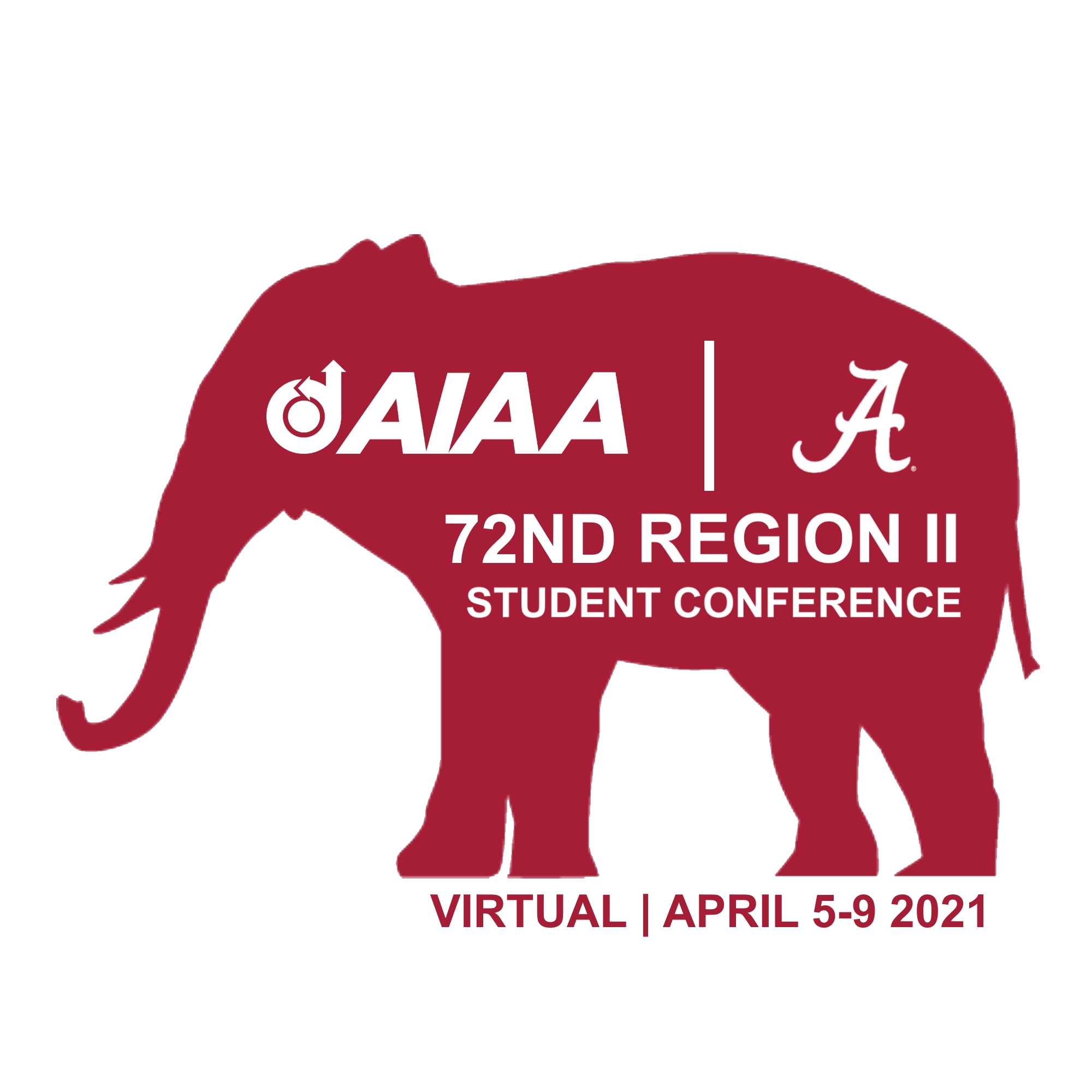Event Title
Document Type
Paper
Description
As combat environments continue to evolve, there is a growing need for dedicated aircraft to provide close air support to ground forces. In response to the 2021 AIAA Undergraduate Team Aircraft Design Competition RFP, Kestrel Aeronautics developed the KA-Ranger, an affordable, light attack aircraft to operate from austere fields and replace current helicopters in close air support missions. The design must accomplish an attack mission with full weapons payload, cruise for 200 nmi at an altitude ≥10,000 ft, and loiter 4 hours. It must also complete a long-range ferry mission of at least 900 nmi range at 60% payload, cruising at an altitude ≥18,000 ft. Both missions require reserves for an additional 3,000 ft climb and 45 minute loiter. A survey of current attack aircraft yielded the initial design including a turboprop engine, low mounted rectangular wings, conventional tail, and retractable tricycle landing gear. The aircraft weighs approximately 12,000 lbf with two crew members, an integrated gun, and 3,000 lbf of externally mounted armament. Current design activities include material selection, detailed structural design, weapon and fuel placement with stability analysis, drag assessment, and power analysis to confirm the KA Ranger’s flight performance.
Kestrel Aeronautics: KA-Ranger
As combat environments continue to evolve, there is a growing need for dedicated aircraft to provide close air support to ground forces. In response to the 2021 AIAA Undergraduate Team Aircraft Design Competition RFP, Kestrel Aeronautics developed the KA-Ranger, an affordable, light attack aircraft to operate from austere fields and replace current helicopters in close air support missions. The design must accomplish an attack mission with full weapons payload, cruise for 200 nmi at an altitude ≥10,000 ft, and loiter 4 hours. It must also complete a long-range ferry mission of at least 900 nmi range at 60% payload, cruising at an altitude ≥18,000 ft. Both missions require reserves for an additional 3,000 ft climb and 45 minute loiter. A survey of current attack aircraft yielded the initial design including a turboprop engine, low mounted rectangular wings, conventional tail, and retractable tricycle landing gear. The aircraft weighs approximately 12,000 lbf with two crew members, an integrated gun, and 3,000 lbf of externally mounted armament. Current design activities include material selection, detailed structural design, weapon and fuel placement with stability analysis, drag assessment, and power analysis to confirm the KA Ranger’s flight performance.


